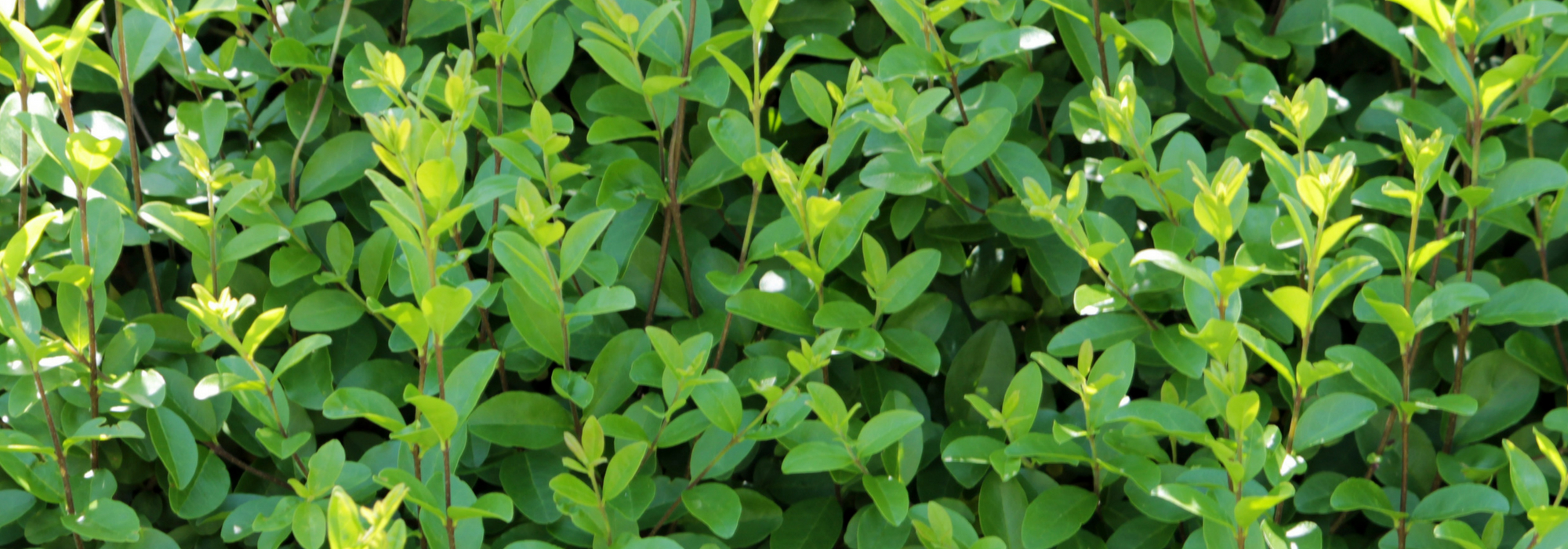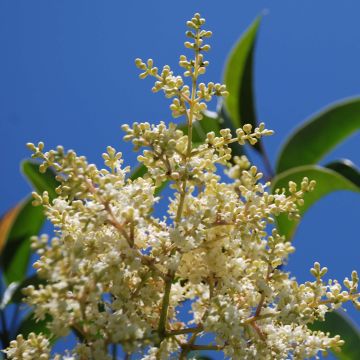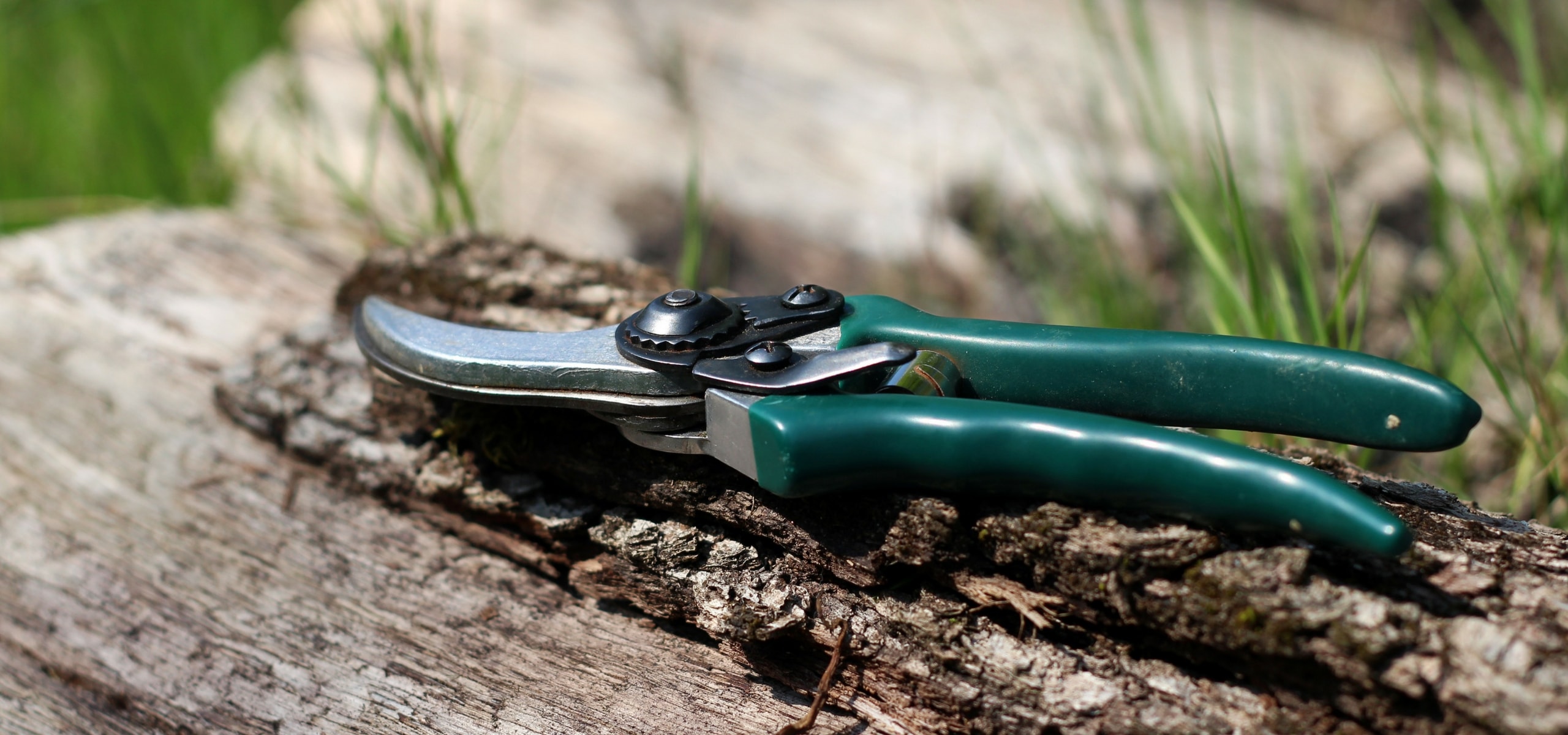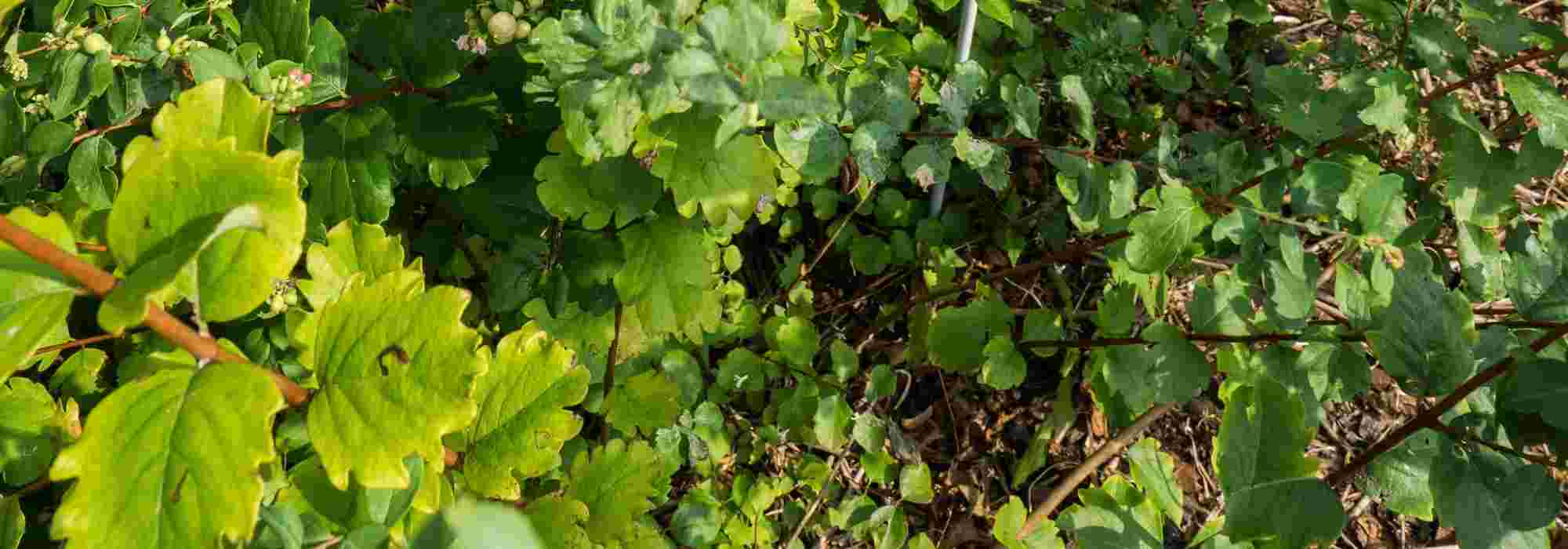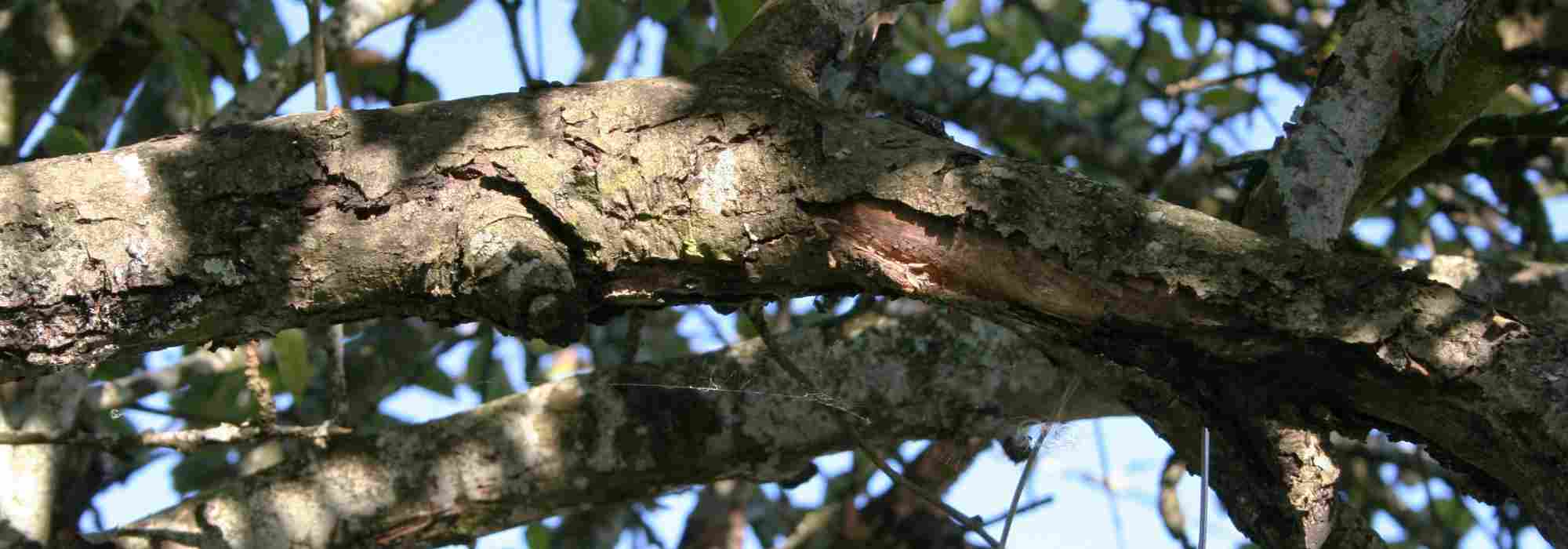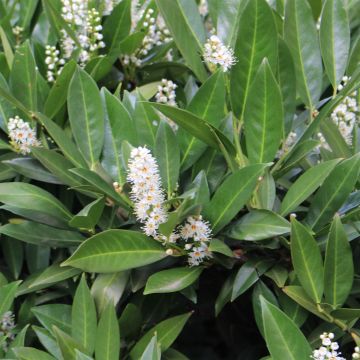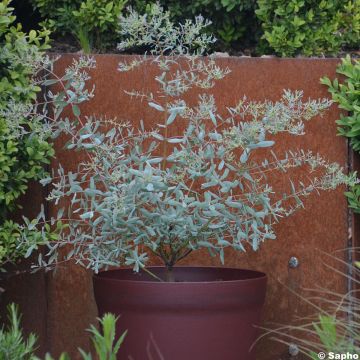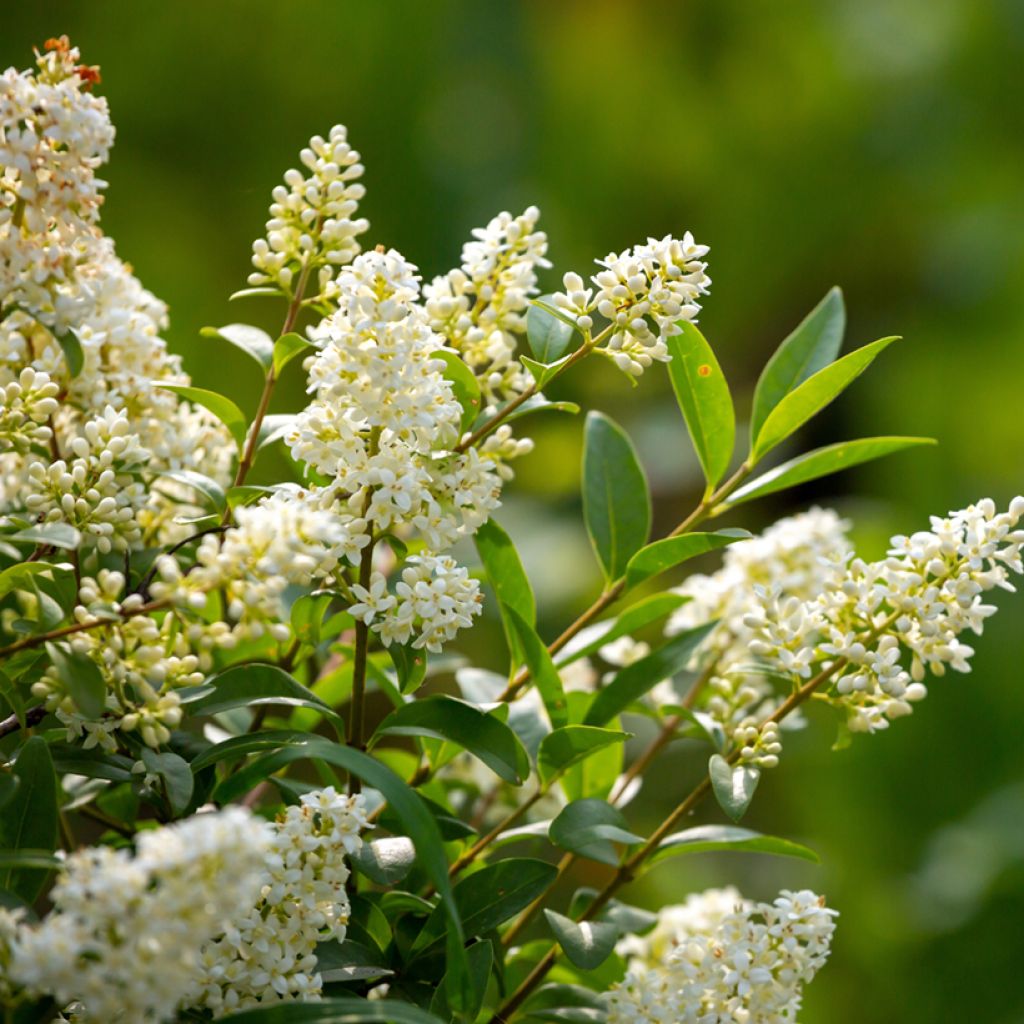

Common Privet seeds - Ligustrum vulgare
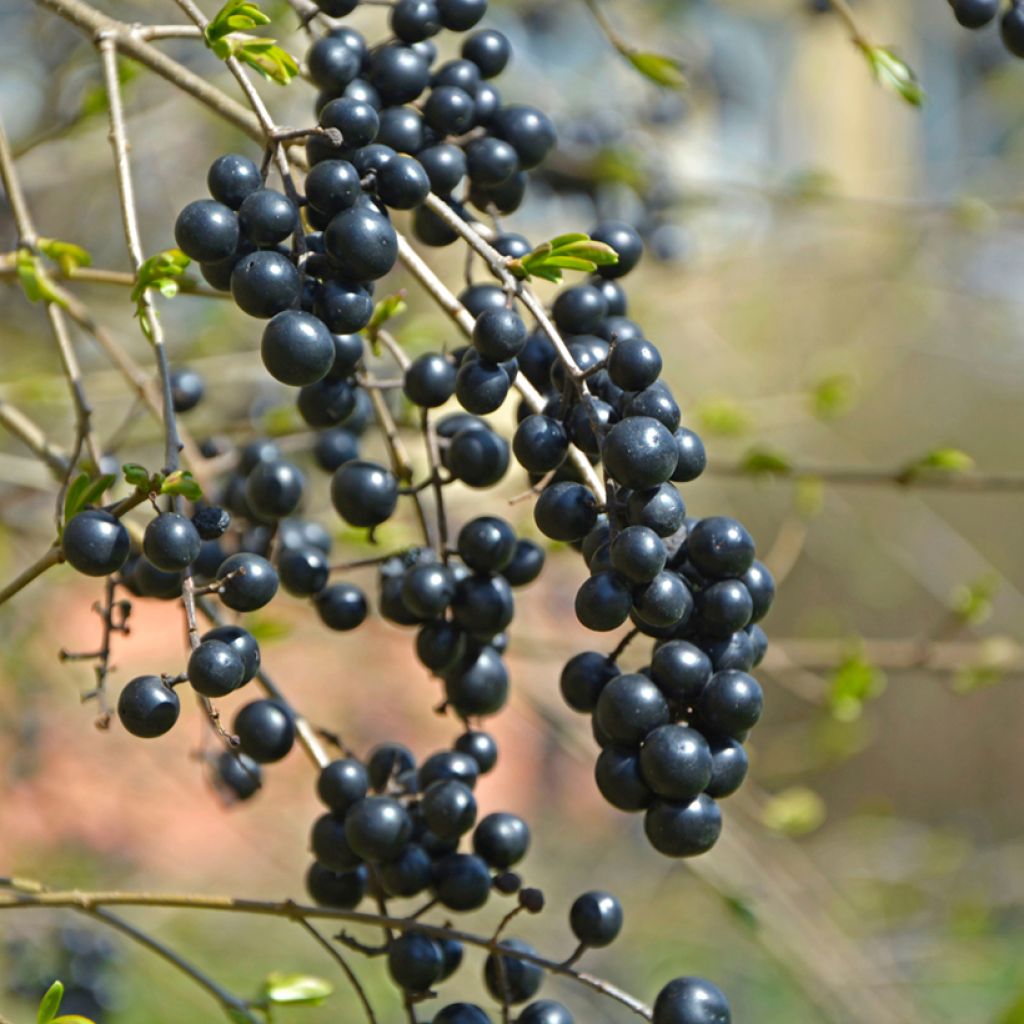

Common Privet seeds - Ligustrum vulgare
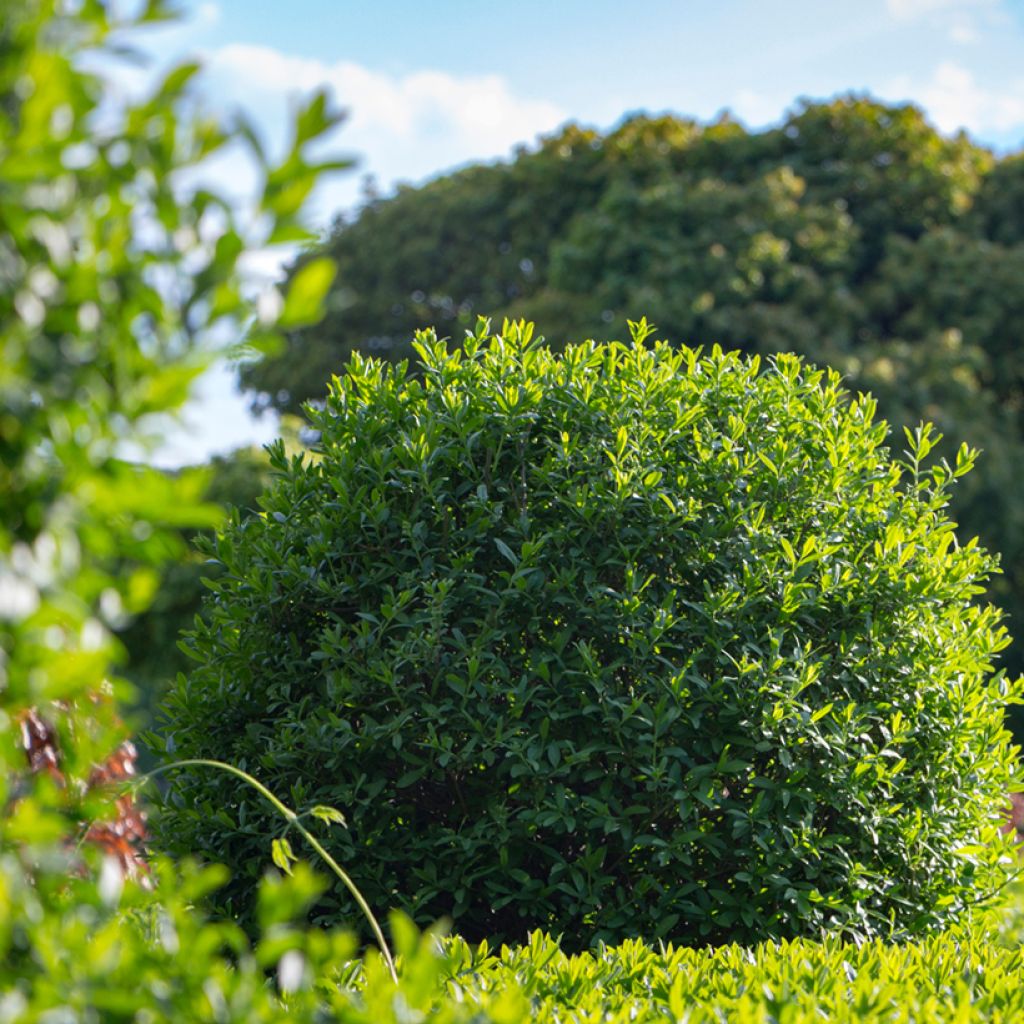

Common Privet seeds - Ligustrum vulgare
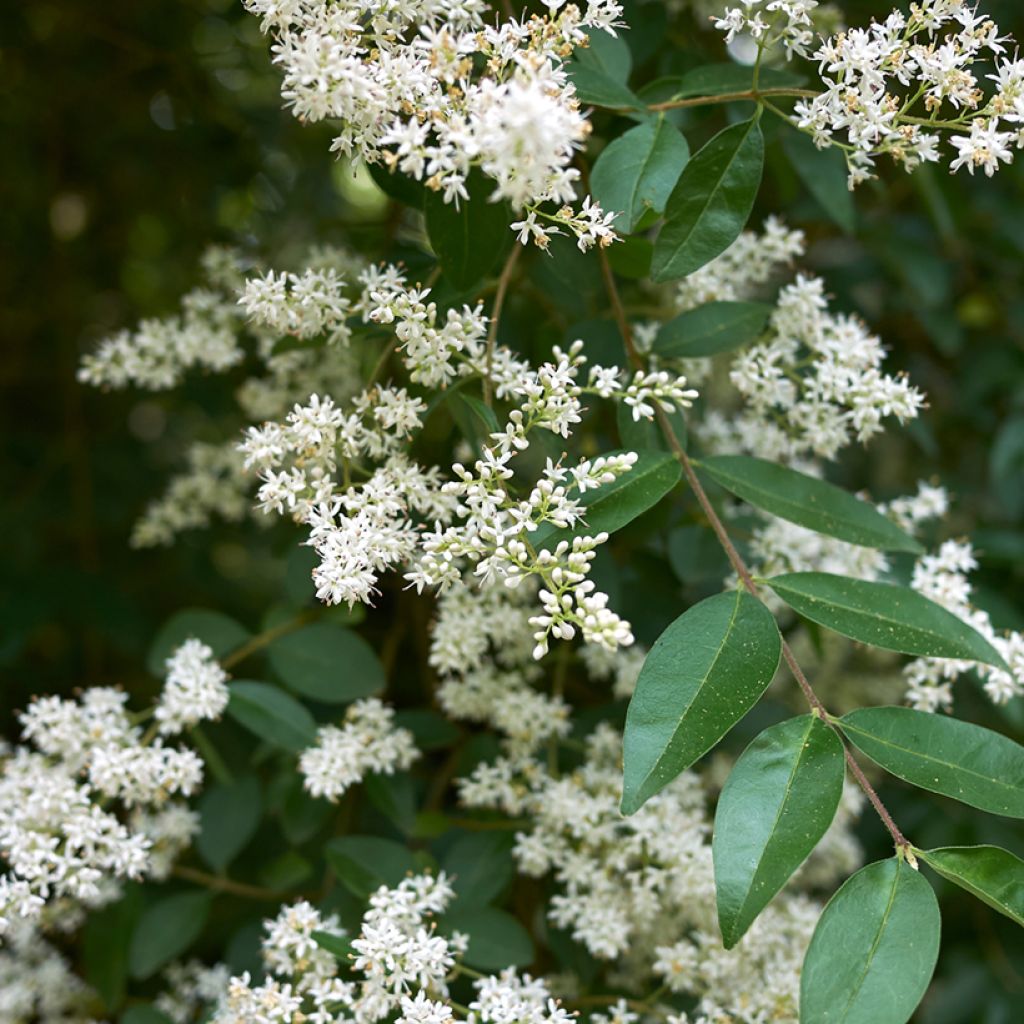

Common Privet seeds - Ligustrum vulgare
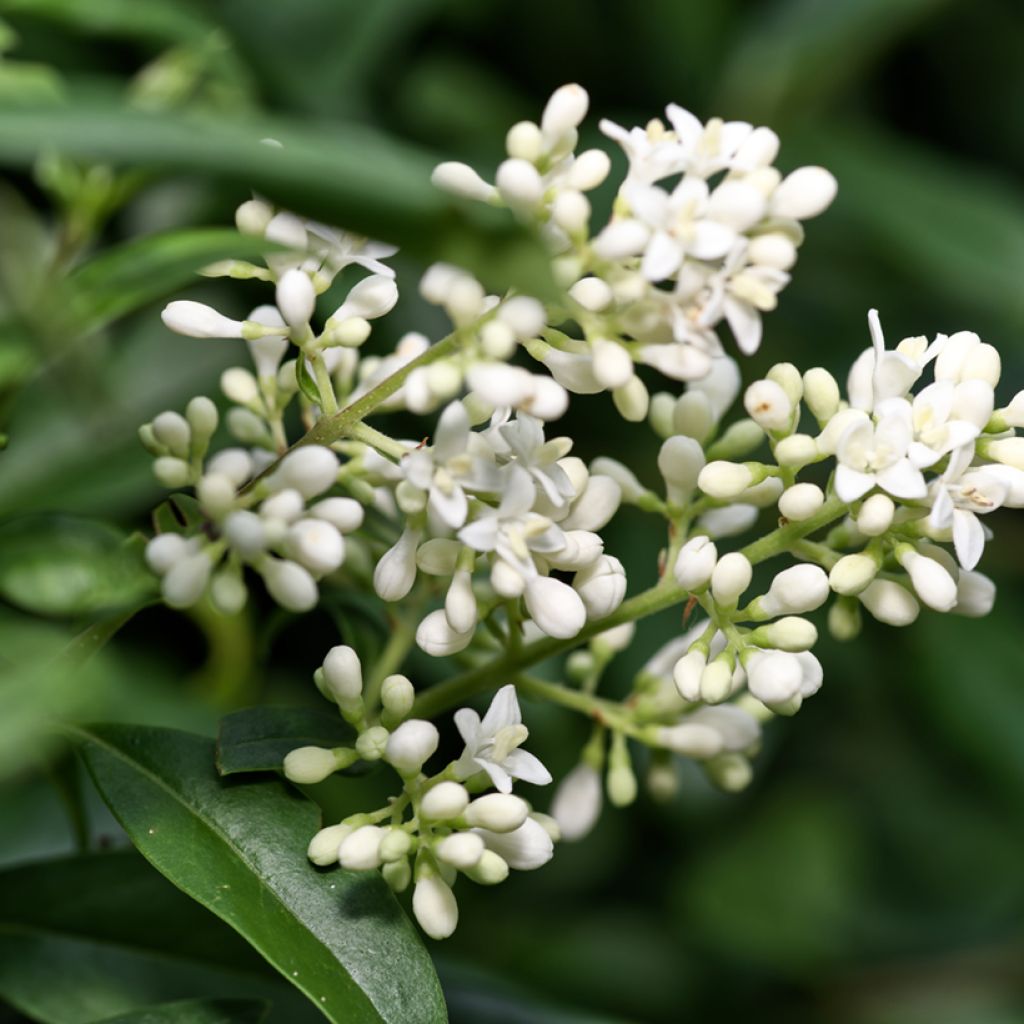

Common Privet seeds - Ligustrum vulgare
Common Privet seeds - Ligustrum vulgare
Ligustrum vulgare
Common Privet, European Privet, Prim, Prim-cut
Special offer!
Receive a €20 voucher for any order over €90 (excluding delivery costs, credit notes, and plastic-free options)!
1- Add your favorite plants to your cart.
2- Once you have reached €90, confirm your order (you can even choose the delivery date!).
3- As soon as your order is shipped, you will receive an email containing your voucher code, valid for 3 months (90 days).
Your voucher is unique and can only be used once, for any order with a minimum value of €20, excluding delivery costs.
Can be combined with other current offers, non-divisible and non-refundable.
Home or relay delivery (depending on size and destination)
Schedule delivery date,
and select date in basket
This plant carries a 6 months recovery warranty
More information
We guarantee the quality of our plants for a full growing cycle, and will replace at our expense any plant that fails to recover under normal climatic and planting conditions.
Would this plant suit my garden?
Set up your Plantfit profile →
Description
Ligustrum vulgare, or common privet, propagated by seed, offers a natural and economical alternative for obtaining new young plants. Easy to cultivate in our climate, it is particularly appreciated for forming dense clipped hedges. Its bushy foliage delights gardeners and birds who find refuge there, while its fragrant flowering attracts bees. When left untrimmed, it develops small black berries, loved by certain birds. Vigorous and fast-growing privet adapts effortlessly to various types of soil and exposures.
Native to temperate regions of Europe, Asia, and North Africa, common privet easily adapts to most climates. Although it tolerates different soil types, it particularly thrives in chalky, fertile, and moist soils. This deciduous bush belongs to the Oleaceae family, just like lilac. It grows quickly and displays a bushy, well-branched habit, with upright and vigorous stems. Capable of re-sprouting from a stump, it also develops trailing shoots that self-layer naturally. At maturity, it typically reaches between 3 and 4 m in height and 2 to 3 m in width. Its dense foliage consists of narrow, ovate, dark green leaves, measuring 3 to 6 cm long. This foliage can disappear in winter. In June-July, if the bush has not been pruned in spring, it produces small creamy-white tubular flowers, pleasantly fragrant and favoured by pollinators, gathered in panicles of 10 to 12 cm. These flowers later give way to small shiny black berries in autumn, which partly persist through winter. Birds play a key role in dispersing the common privet's seeds. They consume its black berries in autumn and winter, then excrete the intact seeds in their droppings, often far from the parent plant. This dispersal method, called endozoochory, promotes the natural spread of privet. The leaves, flowers, and berries of the privet are toxic to humans if ingested. Additionally, its vigorous roots limit the growth of nearby perennial plants, so it is advisable to allow sufficient spacing when planting.
It is also a native bush which is beneficial for wildlife: with its highly fragrant and nectar-rich flowering, this privet supports pollinators. Its pollen can be allergenic for some sensitive individuals. The privet has great resistance to pollution.
This common privet is widely used for creating windbreak hedges. It can be shaped freely through pruning, to control its size or form topiaries. It can also be planted in groups, in borders, or in country hedges, to enjoy its flowering. Ligustrum vulgare can be paired with other bushes that flower in summer: fragrant mock oranges, Buddleja davidii, weigelas, boxwoods, yews...
Common Privet seeds - Ligustrum vulgare in pictures




Flowering
Foliage
Plant habit
Botanical data
Ligustrum
vulgare
Oleaceae
Common Privet, European Privet, Prim, Prim-cut
Ligustrum insulense, Ligustrum insulare
Western Europe, North Africa
Other Ligustrum - Privet
View all →Planting and care
Sowing common privet seeds requires specific preparation. Start by soaking the seeds for 24 hours to rehydrate them. Then, subject them to cold stratification by placing them in moist sand at a temperature between 3 and 5°C for about 90 days, in the refrigerator. This step is crucial to break the seed dormancy. After this period, sow them in spring in a substrate kept moist, at a temperature between 18 and 22°C.
Once the seedlings are sufficiently developed and have several leaves, transplant them into individual pots filled with a mixture of compost and sand to promote good drainage. Keep them in a bright environment, protected from late frosts, until they are robust enough to be planted out in the open ground.
Very undemanding, Ligustrum vulgare thrives in ordinary soil (even chalky and clayey), deep, not too dry, and in a sunny or partially shaded position. It tolerates occasionally waterlogged soils and will grow in shade, though it will be less floriferous there. It is very hardy and withstands temperatures down to -17°C and below. It has good tolerance to sea spray and can be planted in coastal areas. Avoid planting it in arid conditions, in shallow soil that is too dry in summer.
Sowing period
Intended location
Planting & care advice
This item has not been reviewed yet - be the first to leave a review about it.
Similar products
Haven't found what you were looking for?
Hardiness is the lowest winter temperature a plant can endure without suffering serious damage or even dying. However, hardiness is affected by location (a sheltered area, such as a patio), protection (winter cover) and soil type (hardiness is improved by well-drained soil).

Photo Sharing Terms & Conditions
In order to encourage gardeners to interact and share their experiences, Promesse de fleurs offers various media enabling content to be uploaded onto its Site - in particular via the ‘Photo sharing’ module.
The User agrees to refrain from:
- Posting any content that is illegal, prejudicial, insulting, racist, inciteful to hatred, revisionist, contrary to public decency, that infringes on privacy or on the privacy rights of third parties, in particular the publicity rights of persons and goods, intellectual property rights, or the right to privacy.
- Submitting content on behalf of a third party;
- Impersonate the identity of a third party and/or publish any personal information about a third party;
In general, the User undertakes to refrain from any unethical behaviour.
All Content (in particular text, comments, files, images, photos, videos, creative works, etc.), which may be subject to property or intellectual property rights, image or other private rights, shall remain the property of the User, subject to the limited rights granted by the terms of the licence granted by Promesse de fleurs as stated below. Users are at liberty to publish or not to publish such Content on the Site, notably via the ‘Photo Sharing’ facility, and accept that this Content shall be made public and freely accessible, notably on the Internet.
Users further acknowledge, undertake to have ,and guarantee that they hold all necessary rights and permissions to publish such material on the Site, in particular with regard to the legislation in force pertaining to any privacy, property, intellectual property, image, or contractual rights, or rights of any other nature. By publishing such Content on the Site, Users acknowledge accepting full liability as publishers of the Content within the meaning of the law, and grant Promesse de fleurs, free of charge, an inclusive, worldwide licence for the said Content for the entire duration of its publication, including all reproduction, representation, up/downloading, displaying, performing, transmission, and storage rights.
Users also grant permission for their name to be linked to the Content and accept that this link may not always be made available.
By engaging in posting material, Users consent to their Content becoming automatically accessible on the Internet, in particular on other sites and/or blogs and/or web pages of the Promesse de fleurs site, including in particular social pages and the Promesse de fleurs catalogue.
Users may secure the removal of entrusted content free of charge by issuing a simple request via our contact form.
The flowering period indicated on our website applies to countries and regions located in USDA zone 8 (France, the United Kingdom, Ireland, the Netherlands, etc.)
It will vary according to where you live:
- In zones 9 to 10 (Italy, Spain, Greece, etc.), flowering will occur about 2 to 4 weeks earlier.
- In zones 6 to 7 (Germany, Poland, Slovenia, and lower mountainous regions), flowering will be delayed by 2 to 3 weeks.
- In zone 5 (Central Europe, Scandinavia), blooming will be delayed by 3 to 5 weeks.
In temperate climates, pruning of spring-flowering shrubs (forsythia, spireas, etc.) should be done just after flowering.
Pruning of summer-flowering shrubs (Indian Lilac, Perovskia, etc.) can be done in winter or spring.
In cold regions as well as with frost-sensitive plants, avoid pruning too early when severe frosts may still occur.
The planting period indicated on our website applies to countries and regions located in USDA zone 8 (France, United Kingdom, Ireland, Netherlands).
It will vary according to where you live:
- In Mediterranean zones (Marseille, Madrid, Milan, etc.), autumn and winter are the best planting periods.
- In continental zones (Strasbourg, Munich, Vienna, etc.), delay planting by 2 to 3 weeks in spring and bring it forward by 2 to 4 weeks in autumn.
- In mountainous regions (the Alps, Pyrenees, Carpathians, etc.), it is best to plant in late spring (May-June) or late summer (August-September).
The harvesting period indicated on our website applies to countries and regions in USDA zone 8 (France, England, Ireland, the Netherlands).
In colder areas (Scandinavia, Poland, Austria...) fruit and vegetable harvests are likely to be delayed by 3-4 weeks.
In warmer areas (Italy, Spain, Greece, etc.), harvesting will probably take place earlier, depending on weather conditions.
The sowing periods indicated on our website apply to countries and regions within USDA Zone 8 (France, UK, Ireland, Netherlands).
In colder areas (Scandinavia, Poland, Austria...), delay any outdoor sowing by 3-4 weeks, or sow under glass.
In warmer climes (Italy, Spain, Greece, etc.), bring outdoor sowing forward by a few weeks.


































